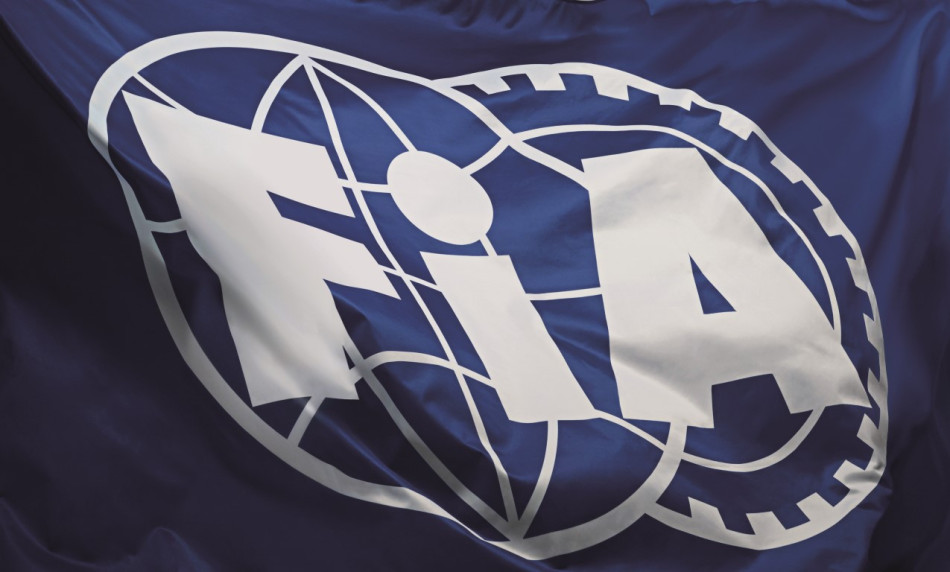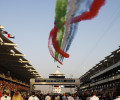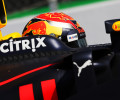F1 - Why Halo is the best solution

This week FIA confirmed the introduction of the Halo system for use in 2018 FIA Formula One World Championship. Let us recall the context of this process started several years ago.
Safety in motorsport is a paramount concern for the FIA and while great strides have been made in many areas of motor sport, head protection in single-seater competition has been an area of concern for many years.
Motor sport by its nature involves risk but it is the mission of the FIA, as the sport’s governing body, to continually strive to minimise that risk through the constant pursuit of greater safety on the track through sound research and technological development.
Over the past decade motor sport has witnessed serious incidents that affected drivers. The severity of the incidents made it clear to the FIA that developing a solution to mitigate against frontal impact in the area of the cockpit is a research priority for the FIA to address this existing weak point. They were also a number of near misses accidents that highlighted the need for action.
Following several incidents, the Grand Prix Drivers’ Association also expressed to FIA President Jean Todt in July 2016 a request that some form of frontal cockpit protection be “implemented as swiftly as possible”.
A month later, following meetings of the F1 Strategy Group and the F1 Commission, the Commission confirmed a commitment to introduce “some form of cockpit protection from the 2017 season”, assuring that “all stakeholders are working together to make this a reality, with the ‘Halo’ concept currently the preferred option.”
While static tests of the device continued, other solutions were simultaneously explored, particularly the ‘Aeroscreen’, a windshield mounted on twin pillars attached to the coaming on either side of the cockpit. The system was tested in free practice at the 2016 Russian Grand Prix but while it was successful in some areas, further testing raised concerns as to the effectiveness of the device.
By contrast, tests of the Halo continued to prove successful. Centring on three significant major risk types, car-to-car contact, car-to-environment contact and external objects, tests revealed that in the case of car-to-car incidents the Halo was able to withstand 15x the static load of the full mass of the car and was able to significantly reduce the potential for injuries.
In car-to-environment tests it was established that the Halo was able to prevent helmet contact with a wall or a barrier in many cases, using a selection of previous incidents as a reference.
Finally, in the case of external objects the Halo was found to successfully deflect large objects away from the cockpit environment and also demonstrated an increased net level of protection against small debris.
Furthermore, feedback from extensive track testing revealed that visibility was substantially unaffected, and there was no significant visual obstruction due to the central strut. Track testing also revealed no issues regarding egress from the cockpit and multiple extrication tests were conducted with the Halo in place, with a revised procedure formulated to ensure safe extrication.
Despite the success, in July of 2016 the F1 Strategy Group agreed to defer introduction of a cockpit protection system in order to provide more time to conduct track testing with the Halo device and to explore emerging alternative solutions.
However, while implementation was deferred, the Strategy Group reaffirmed its commitment to the introduction of a protection system by stating it was “agreed unanimously that the 2018 season will see the introduction of frontal cockpit protection for Formula One cars in order to significantly enhance the safety of drivers.” The Halo remained the preferred option.
Intensive track tests took place across the second half of the 2016 Formula One season with a wide number of teams and drivers assessing the impact of the device on visibility. Simultaneously the FIA maintained its commitment to the introduction of a device for the 2018 season.
Following these track tests and analysis of emerging alternative systems the F1 Strategy Group and F1 Commission decided, in April of this year, to “give priority to the transparent ‘Shield’ family of systems. The FIA aims to carry out track tests of this system during this season in preparation for implementation in 2018.”
After static testing, the Shield system was given a short track test at the 2017 British Grand Prix, with the device fitted to the Ferrari of Sebastian Vettel. Feedback from this test concerned a number of limitations around such a system.
In light of this and cognisant of the successful deflection tests conducted with the Halo system, the multiple successful track tests conducted with a wide variety of drivers and teams in the latter half of the 2016 season, and the need to implement regulations for the desired deadline of the start of the 2018 season, the Halo system represents the best solution to the issue of frontal cockpit protection currently in existence.
The latest design of the Halo will now be further refined ahead of its introduction in 2018 in a joint effort between teams, drivers and FIA.

 Facebook
Facebook Twitter
Twitter






